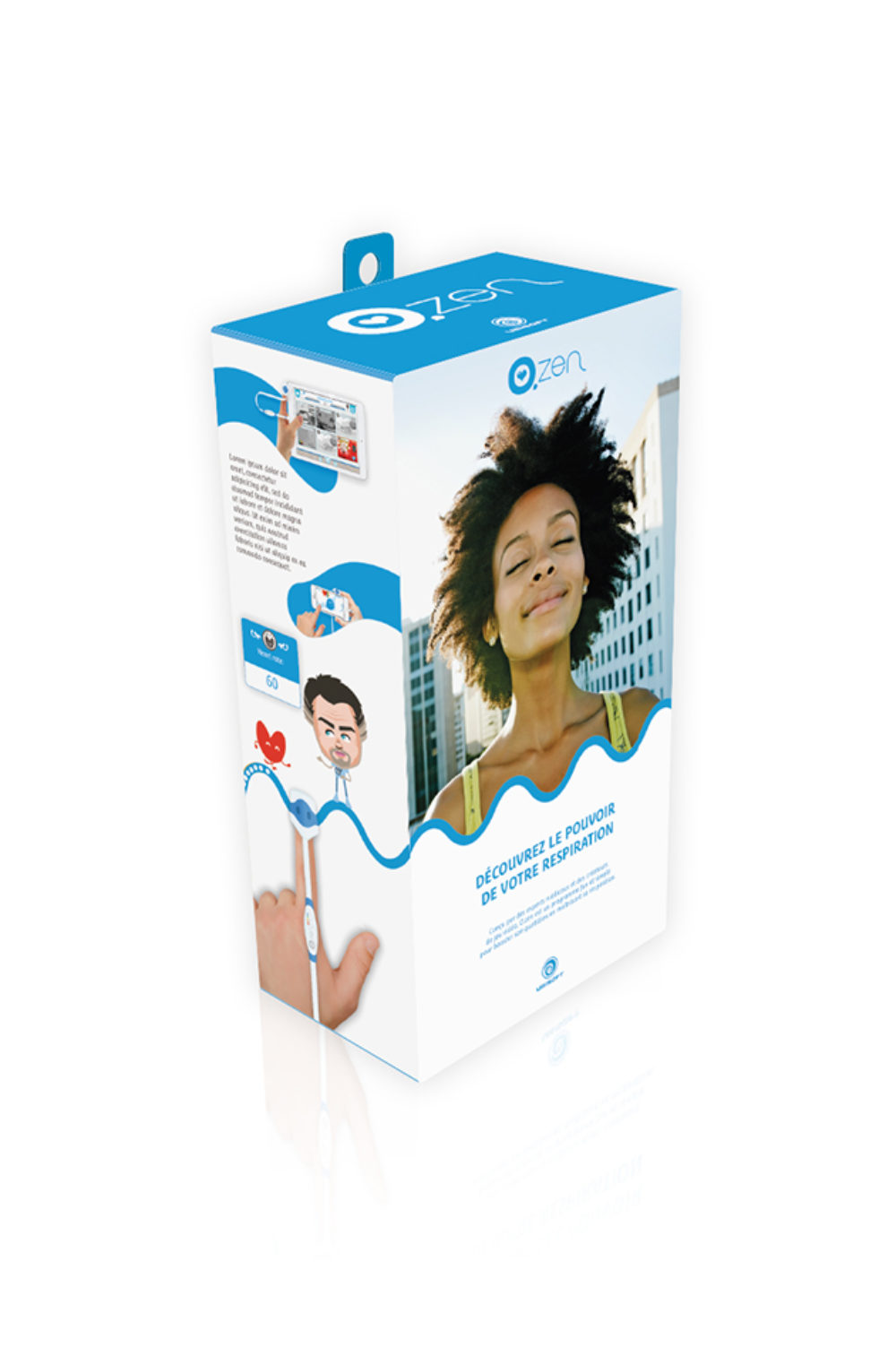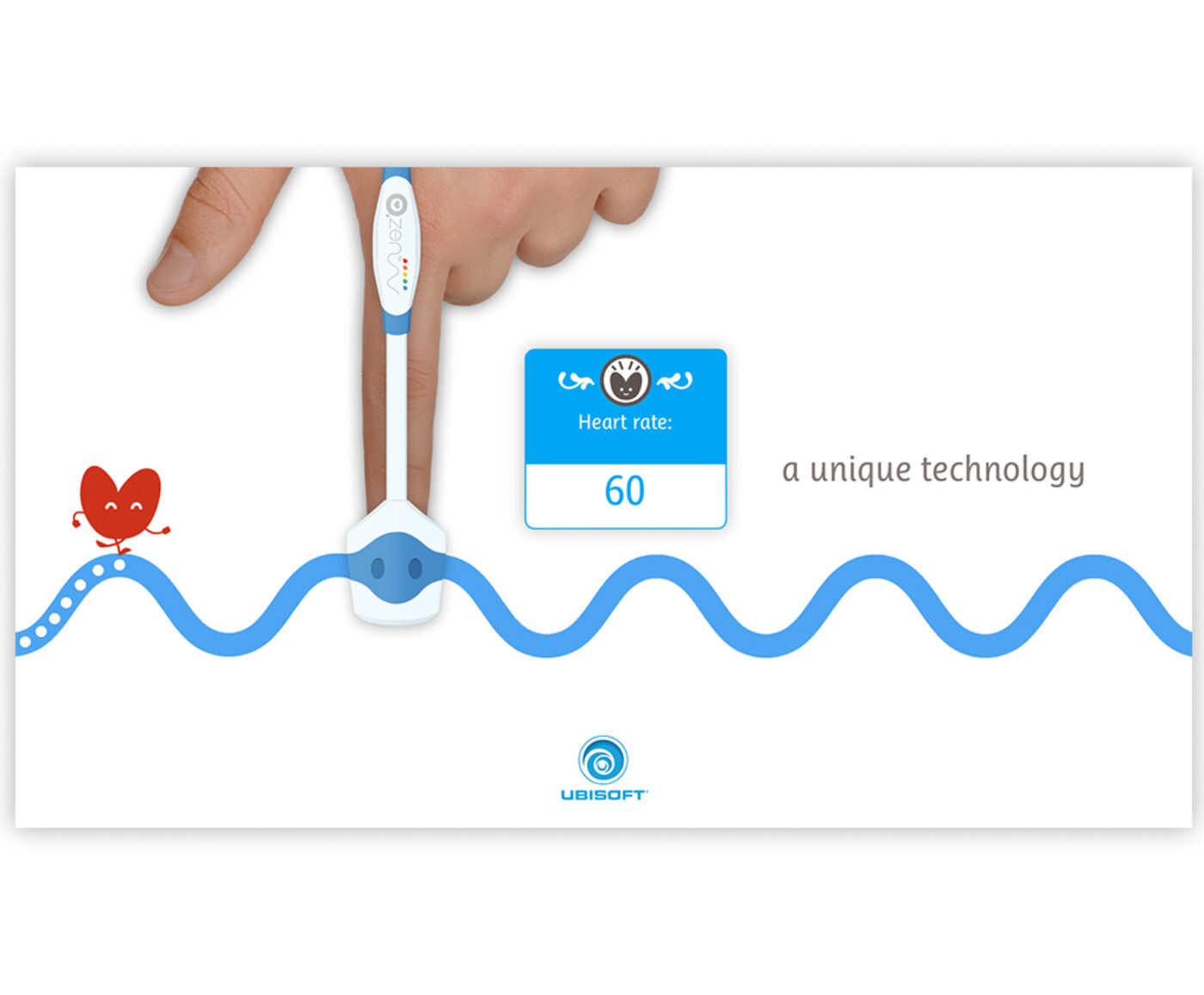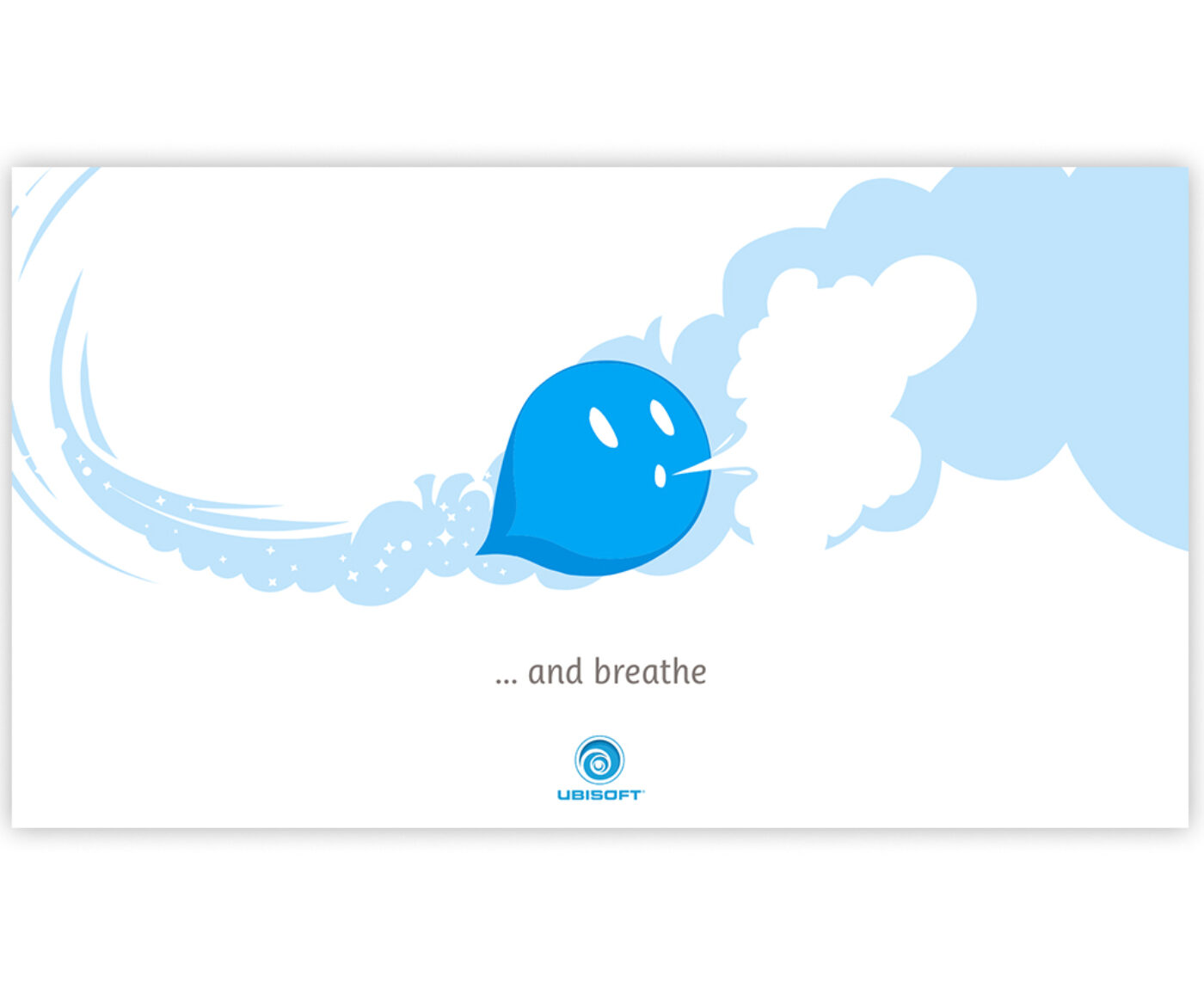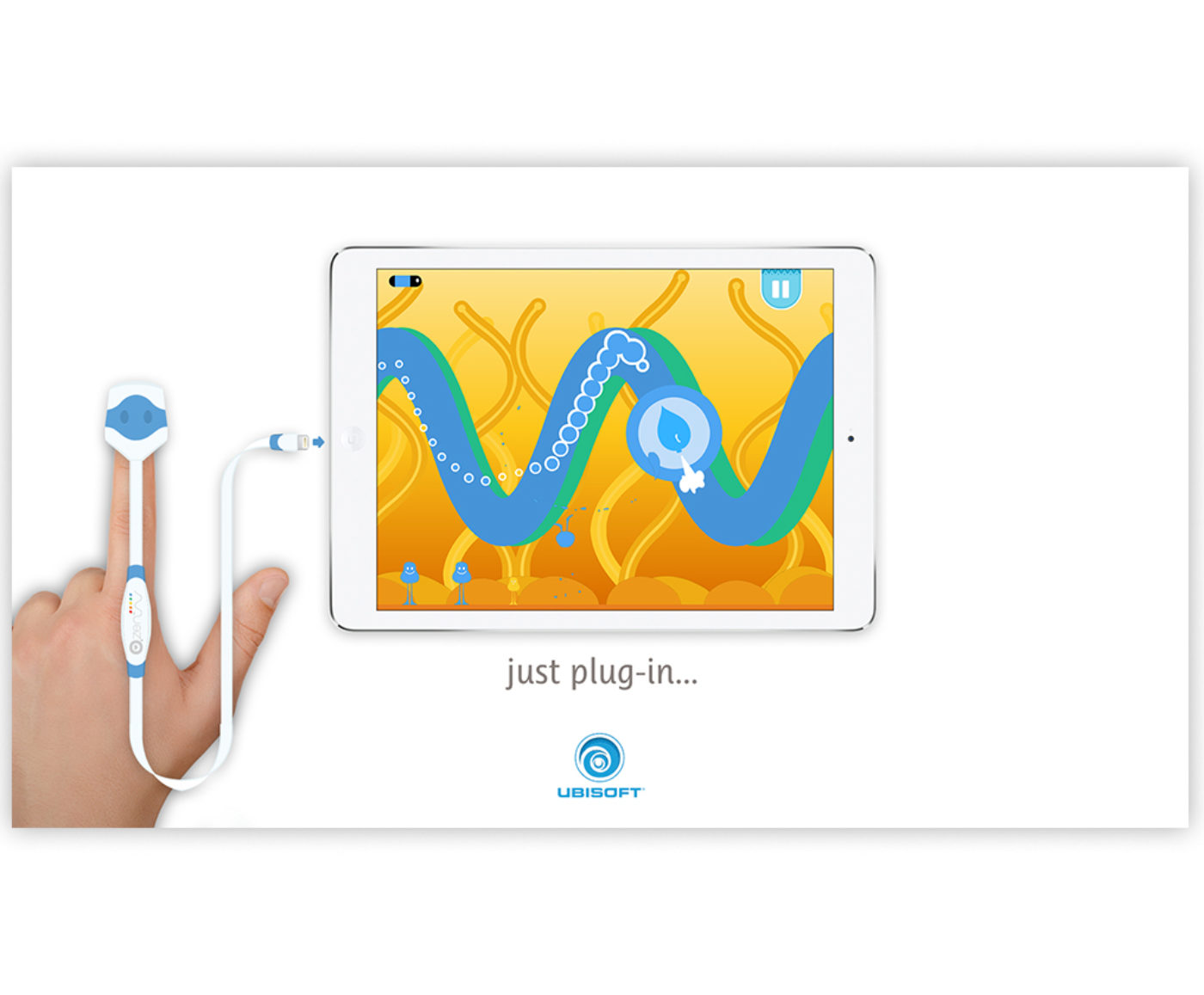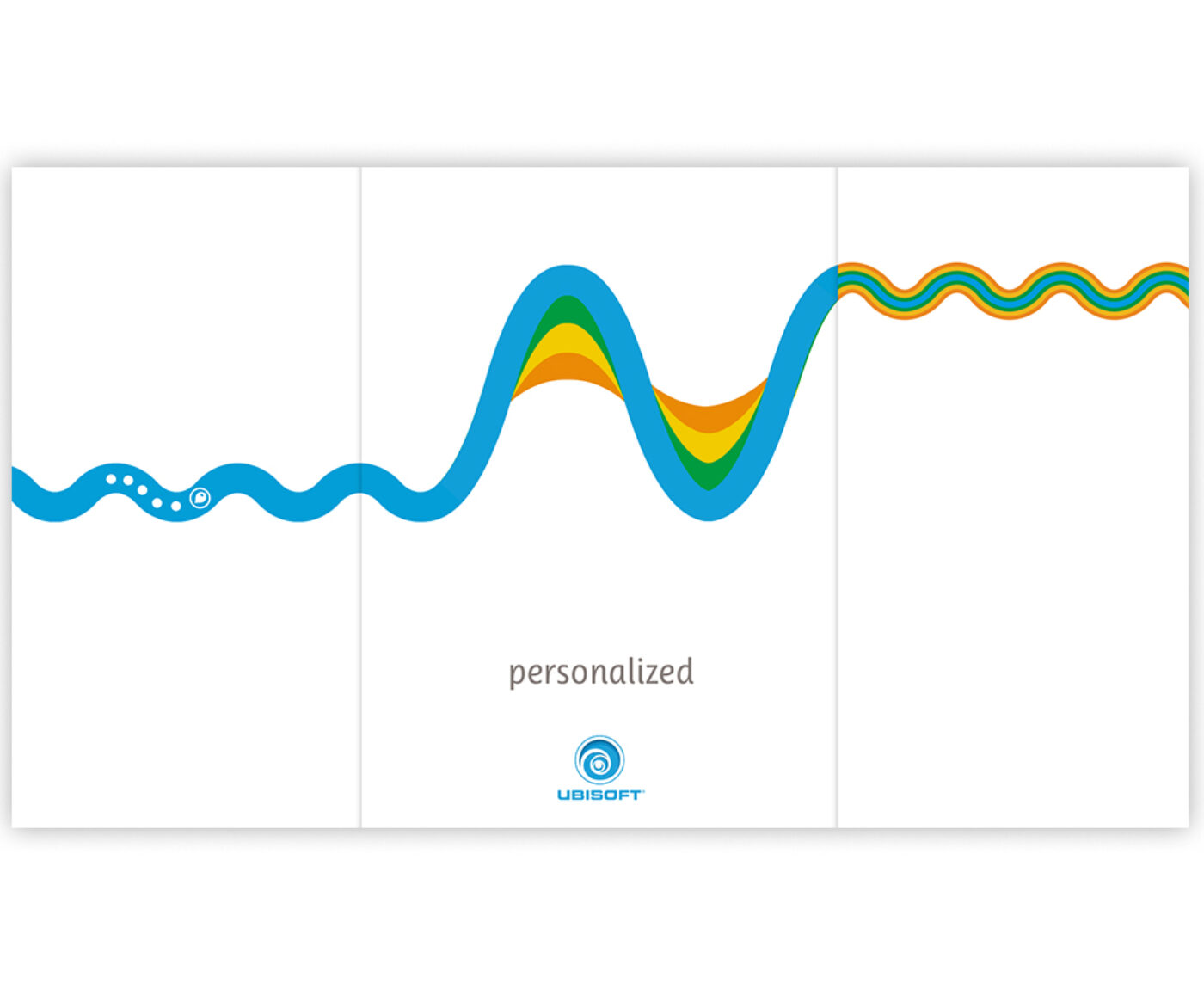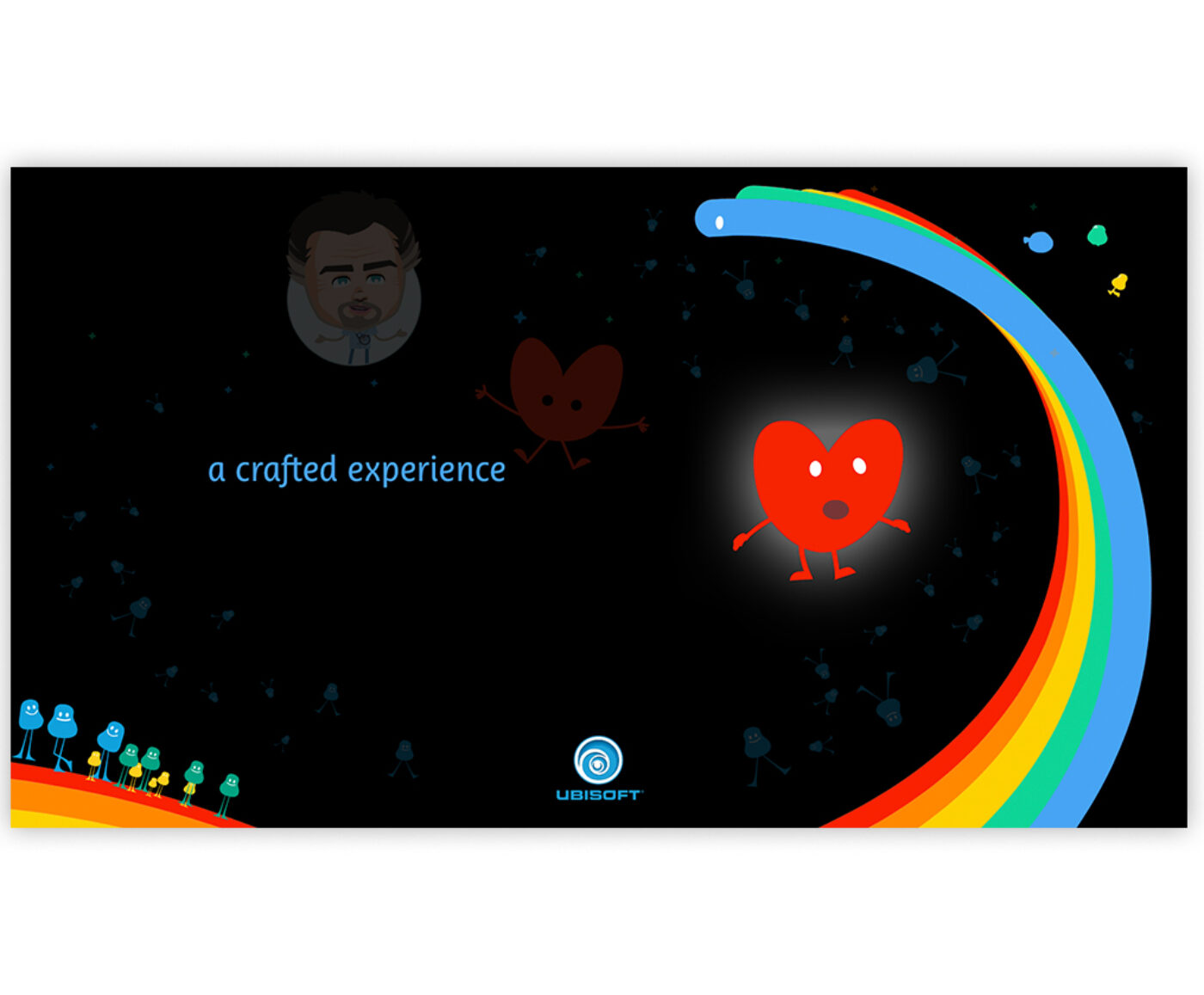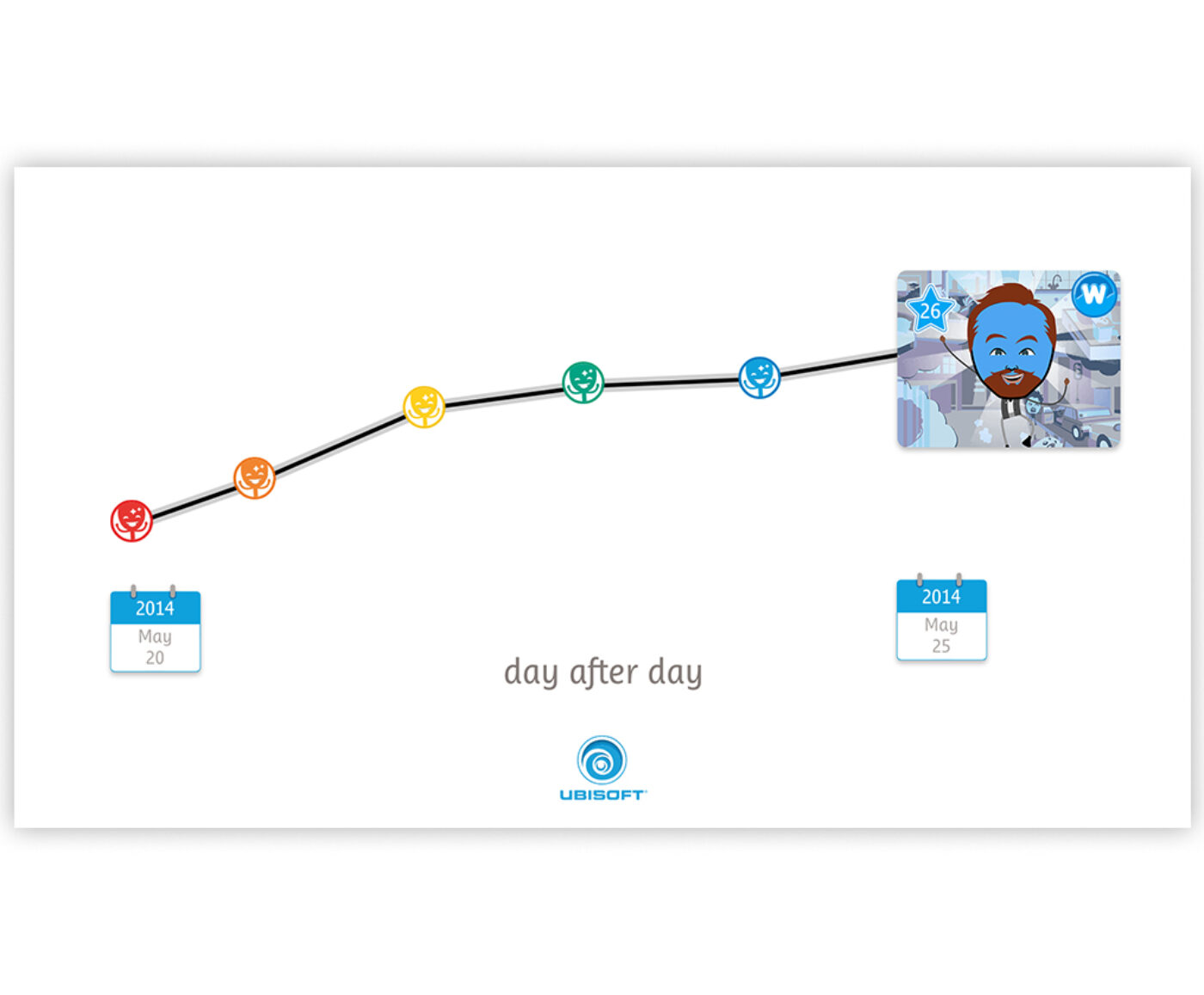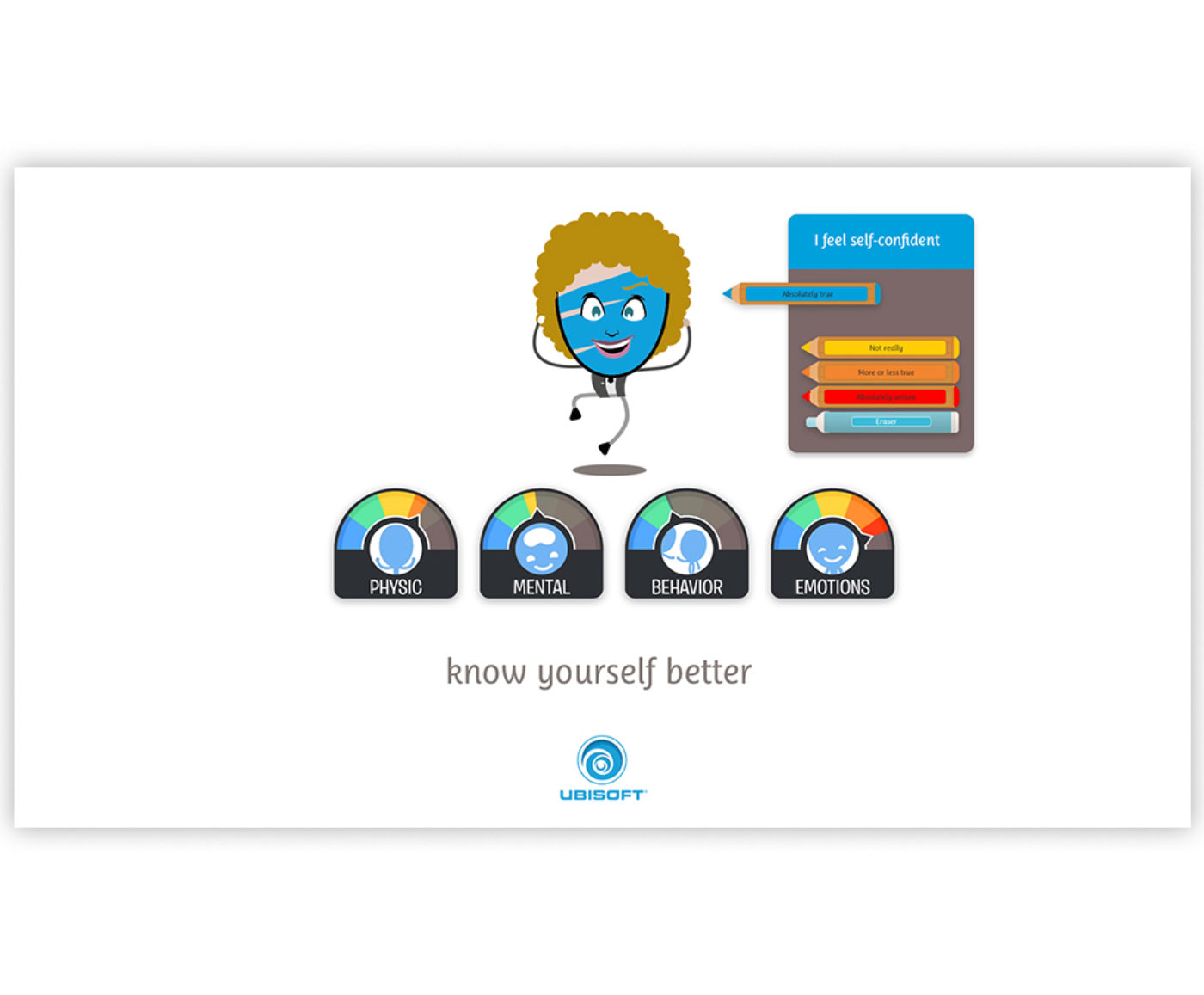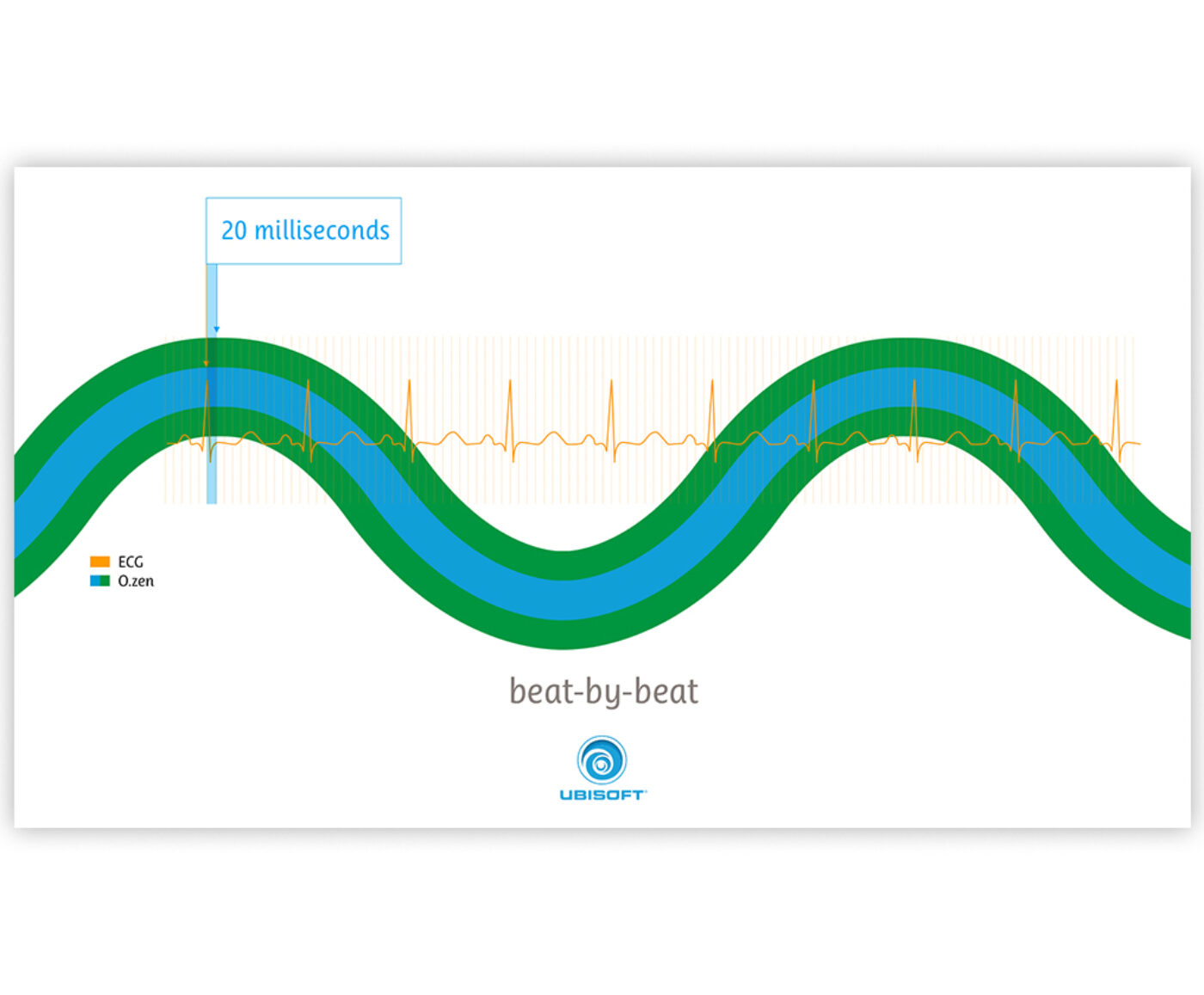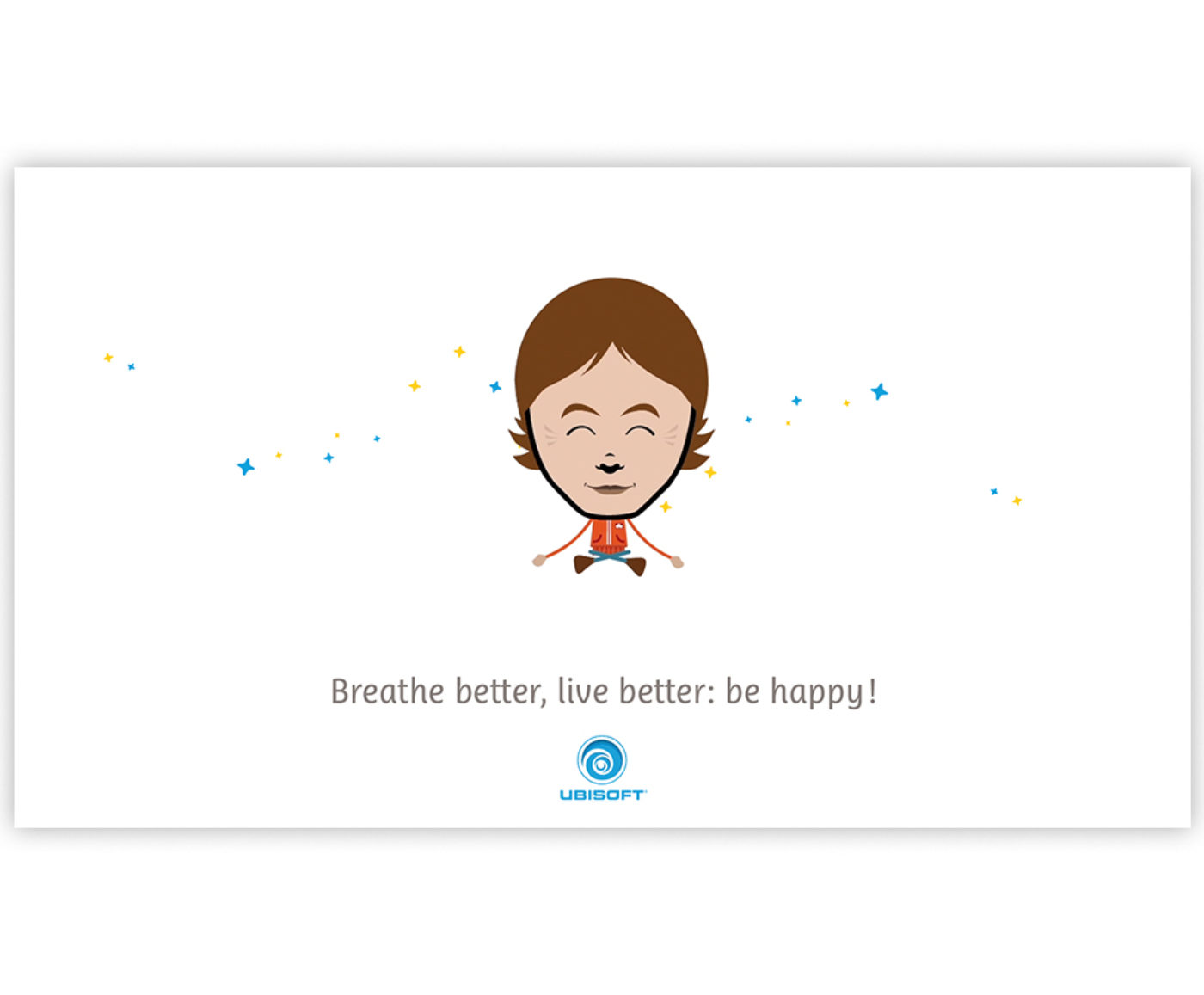Transforming an Internal Project into a Start-up.
UbisoftFor just over four years, a team of brilliant designers and developers from Ubisoft and Neotrope had been working with scientists to create a program at the crossroads between health and video games. Their objective was to make cardiac coherence training accessible to everyone via a fun gaming approach and easily available technology. However, O.zen was an alien concept, and it seemed difficult to precisely position the product on emerging markets with undefined limits (connected health and “wearable technologies”).

The project’s novelty was such that Ubisoft’s teams found it difficult to estimate its potential based on their traditional indicators.
What was it offering?
On which market?
To which users?
With what business model?
Souffl and Ubisoft consequently agreed to remove the project from the publisher’s internal framework and to operate as a start-up. Souffl would lead this 18-month entrepreneurial journey to validate the project’s potential before returning it to Ubisoft’s usual infrastructure.
An Alien
Concept.
Experimentation.
In partnership with Ubisoft, Souffl chose to take the product as it existed and conduct initial experiments as quickly as possible.
In the United States, “Obama Care” (a reform of the health protection system encouraging companies to care for their employees’ health) had been in operation for several months. We formulated the following business hypothesis: large American companies would be interested in a connected wellness program with a positive impact on their employees’ stress levels.
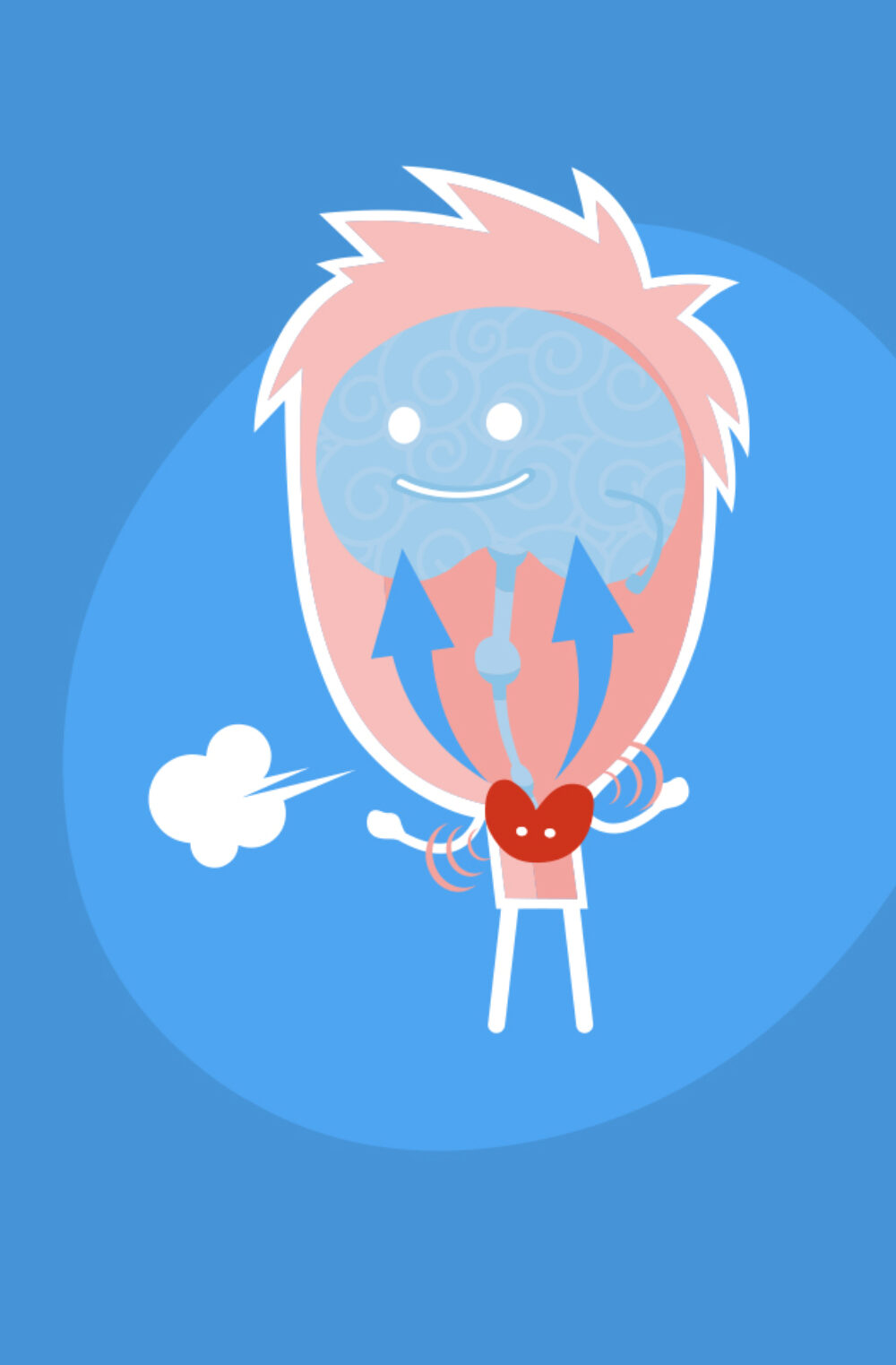

Field Work.
Testing the product in the United States, and in Silicon Valley in particular, had the advantage of reaching early adopters more easily, and yielding more accurate comparative feedback. Working hand in hand with the Souffl team, a Ubisoft San Francisco executive scoured the Valley. Corporate meetings were positive, we collected quality feedback, and the first analytical results on the gaming experience looked promising. The O.zen concept was attractive, and users appreciated the program’s experience and benefits. However, this experimentation led us to reconsider our initial hypothesis. A majority of the employees surveyed did not want a PC or Mac-based program, and seemed to prefer using smartphones or tablets, platforms which could promote adoption.
The business model was not “generalizable” and proved too atypical for Ubisoft. Client companies demanded too high a degree of customization. In many cases, they wanted approval from the FDA, the Food and Drug Administration (the regulatory body for medical devices); to get this approval was possible, but could be a long-winded process. Working with the O.zen development team, we suggested adapting the product, and Ubisoft management agreed to invest in the development of a mobile and tablet version.
First pivot.
Souffl then formulated a new business model hypothesis. We started with a direct online sales model and early adopters acquisition strategy, following the example of many start-ups evolving in the connected objects field. The Ubisoft team went back to the drawing board and carefully adapted the content for mobile platforms. Together, we took a closer look at the sensor and its shape.
Working hand in hand, we put together a design sprint, and reviewed the product’s usage, essence and form. It took two weeks to produce five prototypes, which were then tested on potential users. Concurrently, Souffl worked on the offering, consumer targets, and a complete launch plan, with France as the first target territory.

Confirming the Potential.
A target group of potential users was identified as the primary consumer group to reach: young urban women with pervasive influence. The team was convinced that O.zen could seduce them with its fun dimension and help them manage their daily stress. At the same time, with support from Ubisoft’s publishing team, we multiplied contacts with hardware manufacturers, in order to probe them and see if future platforms could incorporate O.zen.
Wearable technologies were all the rage. The first connected bracelets were trending but struggled to create recurring uses. Manufacturers, Google, Samsung, Apple were all looking for applications and content that met real needs and could have an impact on people’s lives. In July, several important meetings were scheduled with global manufacturers, and a member of Ubisoft’s publishing team was dispatched especially for the occasion.
Working with him, we prepared the necessary presentation materials, website, keynote address and videos in two weeks. The meetings were a success, and Ubisoft’s management could now measure the enthusiasm for O.zen.
Validating the project and returning it to the usual framework.
Reintegrating the project.
The connected wellness products category now appeared not only on Amazon, but also with many other retailers, indicating that an entire market segment was emerging.
All that was left to do was to confirm with traditional retailers that O.zen was well received and to estimate the potential for orders.
We defined a new strategy based on a classic product model. Together with Ubisoft’s business team, we met with the main distribution companies to present the concept, offer and outlines of our marketing plan. Each meeting provided precise feedback on the product and confirmed elements of the marketing mix. This seemed like the perfect time to reintegrate O.zen into Ubisoft’s usual framework. O.zen was released in October 2015.
